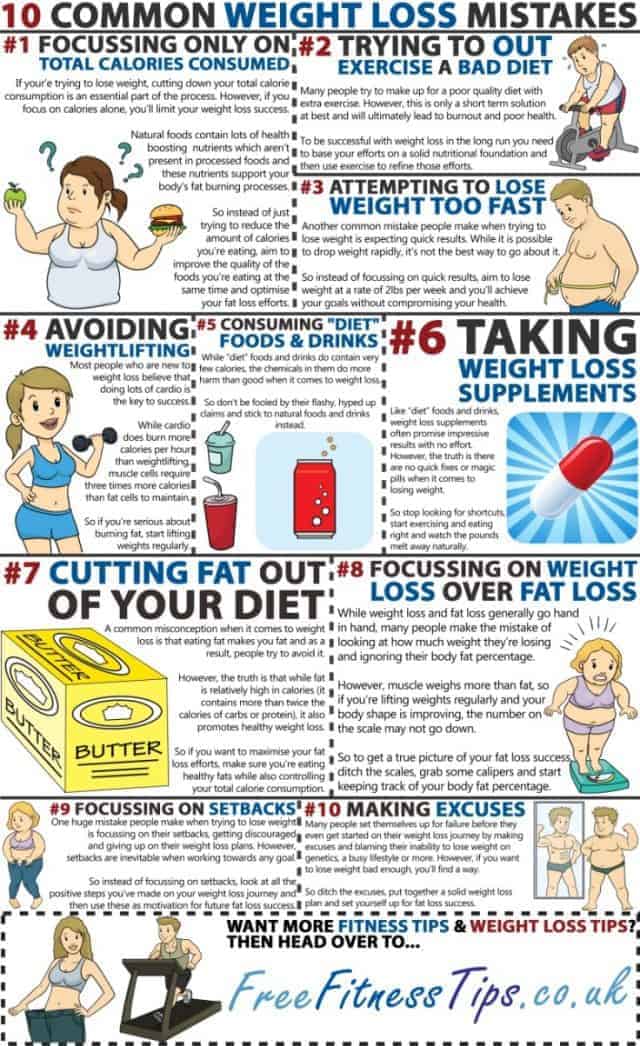Understanding Cold Laser Therapy
Understanding Cold Laser Therapy
Blog Article
Scientific Research on the Efficacy of Cold Laser Method
Cold laser therapy is a valuable device to aid in pain management and the healing process. It is commonly used in sports medicine, dermatology and acupuncture.
Cold lasers permeate deep right into cells and advertise chemical adjustments without heating them. They reduce inflammation and swelling, speed cellular activity and accelerate recovery.
Academic Background
Unlike the high-intensity lasers that surgeons use to cut through cells, chilly laser therapy makes use of light-emitting diodes to pass through into your skin and promote recovery. As these photons get to broken cells, they start a domino effect that enhances your cells' manufacturing of enzymes and increases your body's natural recovery procedures.
The photons also reduce pain with the manufacturing of endorphins and increase your body's ability to drain pipes puffy areas by causing vasodilation (the growth of blood vessels). Because of this, it assists you recuperate from musculoskeletal injuries and pain quicker.
Many individuals have actually become aware of cold laser therapy from their physiotherapist, chiropractic doctor or physician and may be questioning exactly how it works. Unlike the majority of laser gadgets utilized in the medical area, which actually heat up tissue, our advanced equipment releases chilly laser light beams that don't trigger any kind of home heating of your cells. This enables your body to get the restorative advantages without triggering any side effects.
Medical Trials
Cold laser treatment is commonly advised as a therapy choice for clients who have bone and joint pain and injuries. It can be used to lower swelling, enhance tissues and increase the body's all-natural healing processes.
Non-thermal photons of red and infrared laser radiation are absorbed by the light delicate aspects in cells and start a rise in intracellular metabolism that boosts cell reproduction, reduces swelling, gets rid of edema and shortens recovery time.
Unlike the light that is generated by sunshine or common lights, laser light is parallel (all wavelengths travel parallel), coherent and single. These residential properties enable laser energy to pass through much deeper into the cells.
A number of scientific trials have revealed that LLLT can be reliable in lowering pain in the musculoskeletal system. Nevertheless, even more well-designed studies are required to assess the optimal setups for laser irradiation and to determine its performance in specific problems, such as oral mucositis in cancer cells patients receiving radiation treatment or radiotherapy, and injury healing (consisting of diabetic abscess following hammertoe surgical procedure). This Aetna policy notice does not resolve various other uses LLLT, consisting of the treatment of numerous skin diseases.
Conclusions
Unlike surgical lasers that can damage tumors or coagulate tissue, cool laser therapy does not heat up the body's cells. Rather, the light boosts your cells to produce adenosine triphosphate, which speeds up the repair service process of injured cells.
Aetna considers low-level laser laser treatments n (LLL) treatment clinically necessary for the avoidance of dental mucositis associated with cancer therapy (chemotherapy, radiation treatment, hematopoietic stem cell hair transplant) and non-cancer therapies (such as radiodermal injury, fibromyalgia). A number of researches showed that LLT can be effective in decreasing PU signs without adverse results. However, distinctions in study styles and laser dosimetry made contrast of the outcomes hard; RCTs with low danger of prejudice are required. The use of a 660 nm wavelength and higher power density appears to be much more effective than the other studied laser wavelengths. This could be due to the fact that the other wavelengths might stimulate inflammatory procedures and trigger even more negative effects. The effect of the sort of laser made use of is additionally important; the writers suggest that future research study focus on evaluating various sorts of lasers and their dosages to figure out the optimum mix of laser specifications for PU prevention.
Recommendations
Cold laser therapy is utilized by dental experts to deal with irritated periodontal tissue, physicians to relieve pain brought on by rheumatoid joint inflammation, and physiotherapists to speed up the healing of muscle, ligament, and ligament injuries. Several clinical insurance policy plans cover this therapy.
Unlike warm lasers, which have a thermal result on cells, cool lasers (also called low-level lasers) promote the mobile power of the skin. Photons from the laser light penetrate right into the cell, activating a collection of chemical modifications that advertises regeneration and minimizes swelling.
In order to be effective, lasers must be properly configuration and made use of. This is why it is not advisable to purchase an economical over the counter laser gadget and try to treat on your own in your home. A qualified specialist is required to ensure that the tool is made use of appropriately to reduce the threat of eye injury and maximize its effectiveness. The laser device have to be adapted to the right setting, strength, frequency, and placement of the laser on the therapy area.